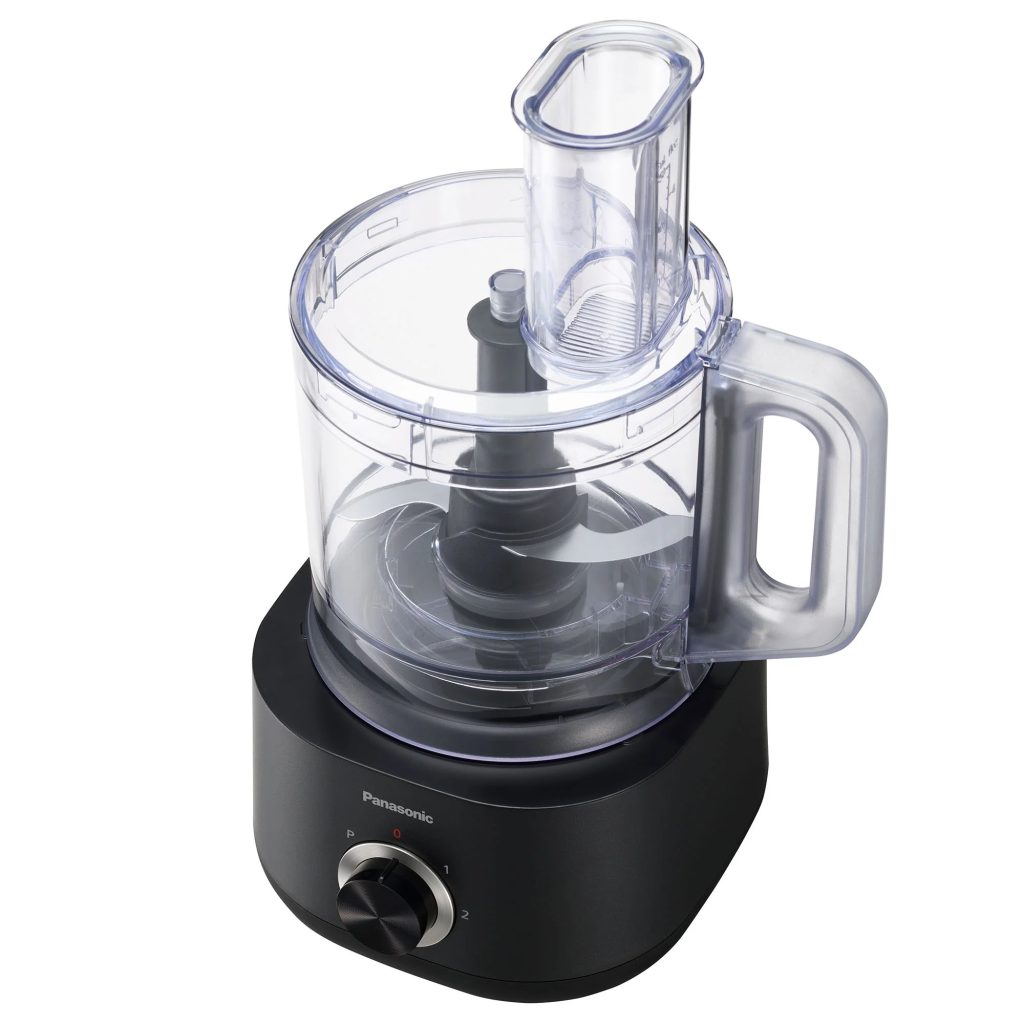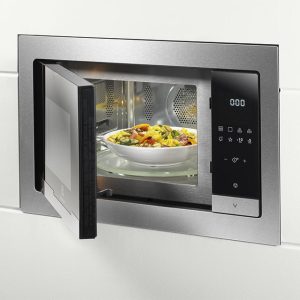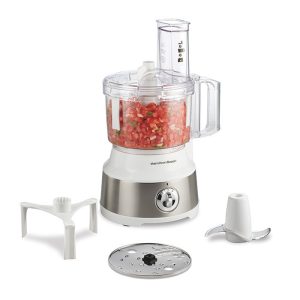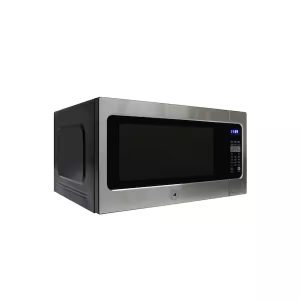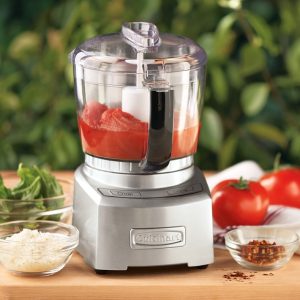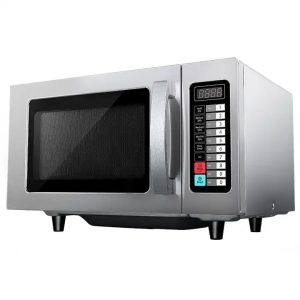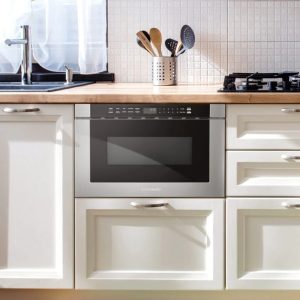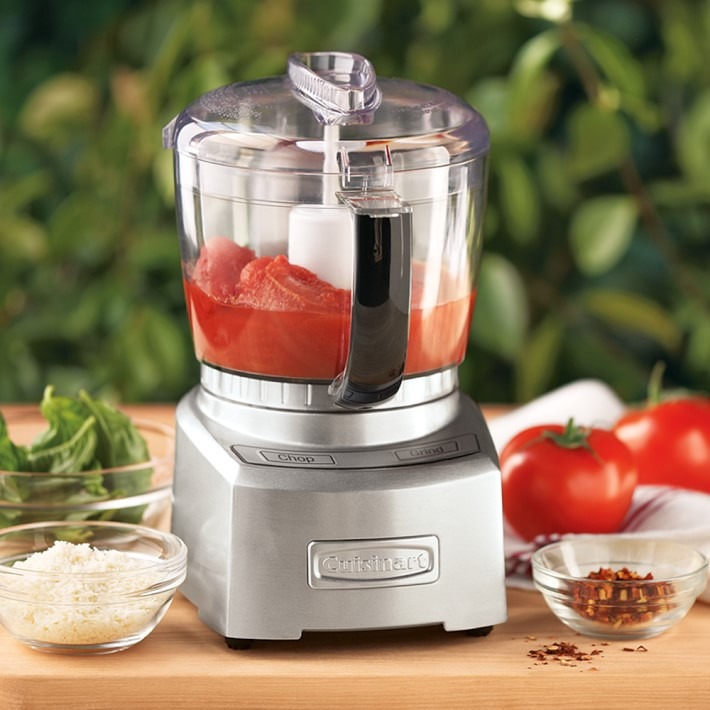
Introduction to Food Processors and Choppers
When it comes to food processor vs food chopper, understanding the devices at your disposal is crucial. Two such appliances are food processors and food choppers, each with distinct abilities to aid in meal preparation. While they may seem similar at first glance, they serve different purposes and can greatly affect the efficiency and outcome of your cooking.
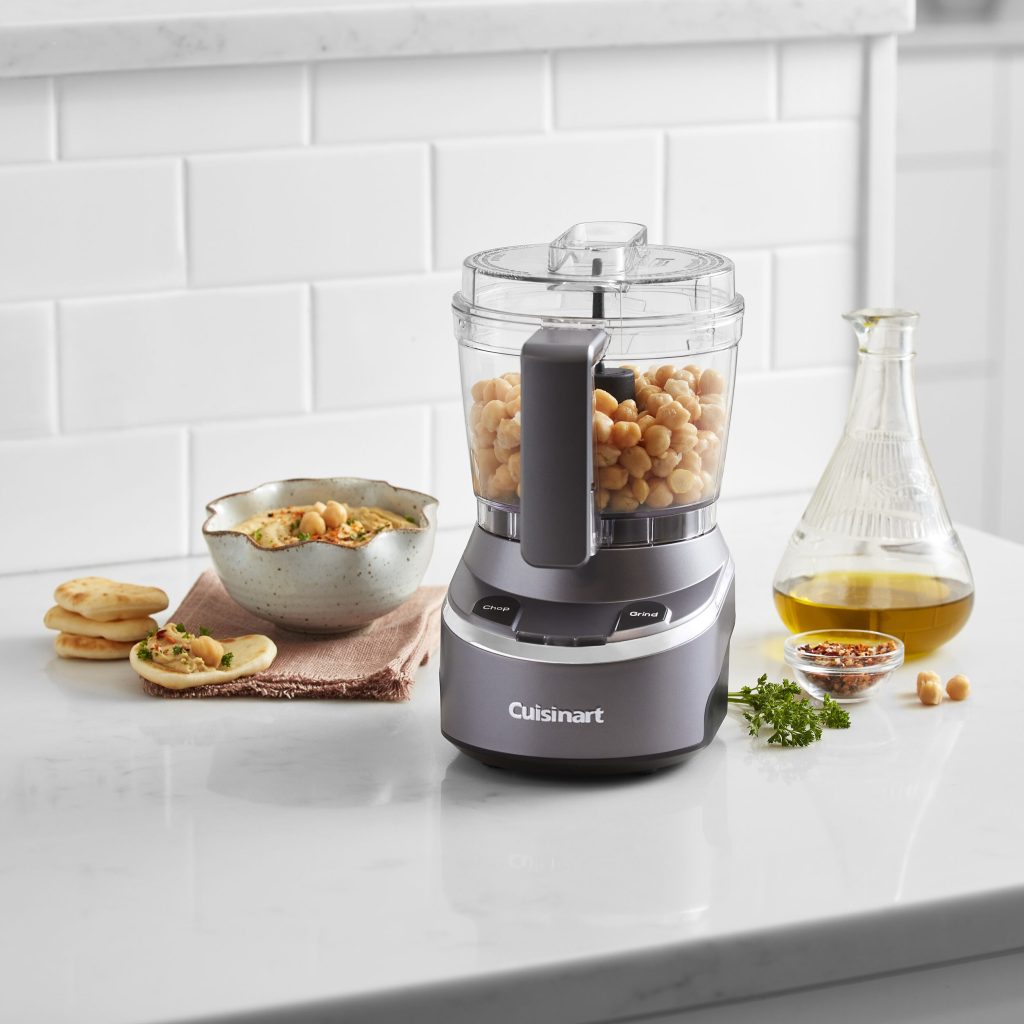
Key Differences and Usage Scenarios
The primary difference between a food processor and a food chopper lies in their size, function, and versatility. A food processor is larger and comes with multiple attachments, suitable for a variety of tasks such as slicing, dicing, kneading dough, and more. It’s designed to handle larger quantities, making it ideal for big meal preparations.
On the other hand, food choppers are smaller and typically have a single blade. They’re perfect for quick, small tasks like making salsas, chopping nuts, or prepping garnishes. With a compact design, food choppers fit well in small kitchens and are easy to store.
As you evaluate which appliance matches your cooking style, consider the batch size you often prepare and the storage space available in your kitchen. Whether you opt for a food processor or a chopper, each can become an indispensable ally in your culinary endeavours.
Food Processor Features and Benefits
When you’re considering a kitchen appliance upgrade, understanding the features and benefits of a food processor can influence your decision significantly.
Versatility of Functions
Food processors are renowned for their multipurpose abilities. Equipped with various attachments, they can slice, dice, knead dough, and even make purees. This versatility makes them indispensable for those who enjoy cooking different recipes.
Handling Large Quantities
One of the standout features of food processors is their capacity to manage large batches of ingredients efficiently. This is especially beneficial for big family meals or meal prep sessions, reducing the time spent chopping and blending.
Power and Precision
With robust motors, food processors deliver powerful performance and precision. This ensures that even the toughest ingredients are processed quickly and consistently, making your kitchen tasks smoother and faster.
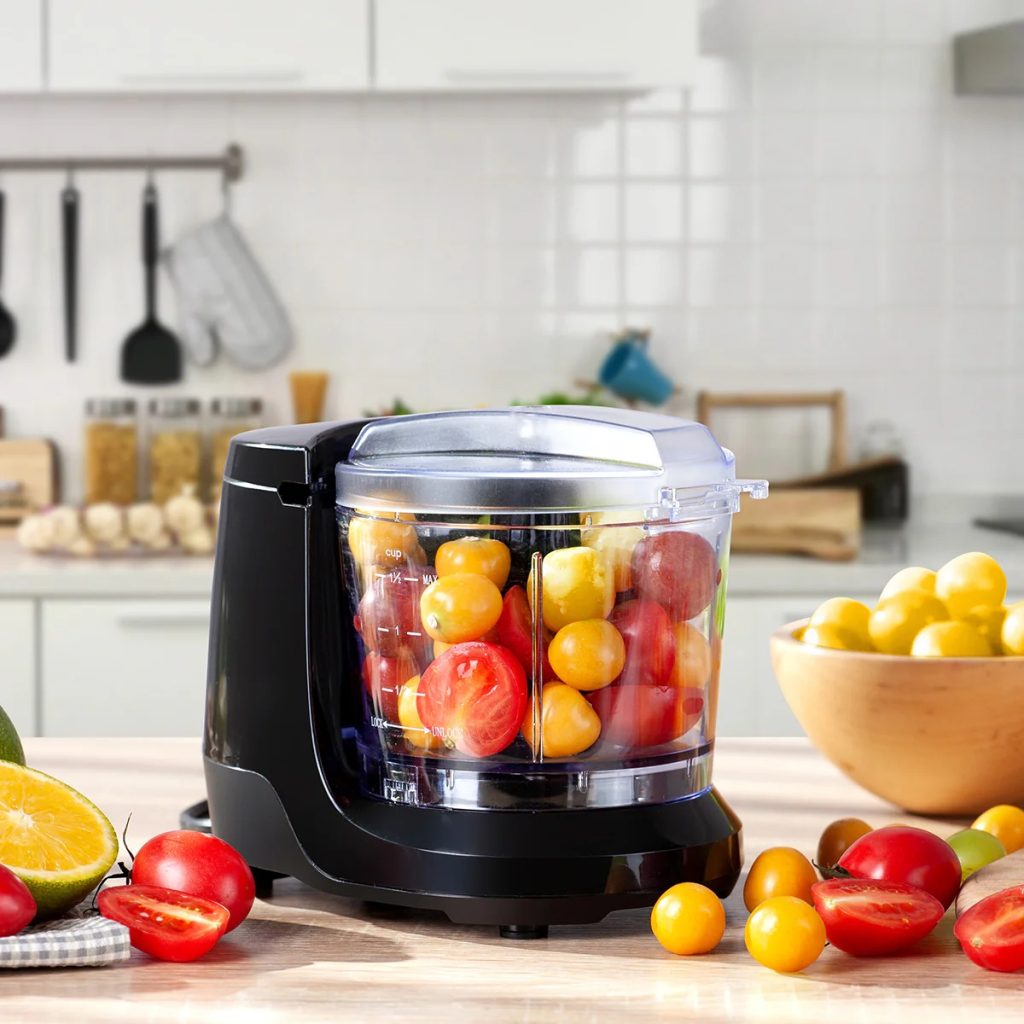
Food Chopper Advantages
Food choppers offer several benefits that make them a great choice for specific kitchen tasks.
Compact and Convenient for Small Kitchens
A food chopper’s small size makes it perfect for tiny kitchens. It fits easily in cabinets or on countertops, saving valuable space.
Ideal for Quick Prep Tasks
Quick and simple jobs like chopping herbs or making salsa are where food choppers shine. They handle small amounts with speed and efficiency.
Affordability and Simple Operation
Food choppers are generally more affordable than food processors. They have straightforward controls, making them easy to operate for everyone.
Evaluating Your Kitchen Needs
When you’re in the market for a new kitchen appliance, it’s essential to assess your needs carefully.
Considerations for Batch Size and Storage
Think about the amount of food you typically prepare. Do you often cook for large gatherings or just for yourself? A food processor is best for big batches, while a food chopper suits smaller meals. Also, review your kitchen for available space. A food chopper, being compact, needs less room than a food processor.
Understanding the Role of Each Appliance
The role of a food processor extends beyond just chopping. It’s engineered to perform multiple tasks such as shredding, pureeing, and kneading. A food chopper, though smaller, excels in quick, simple tasks like dicing tomatoes for salsa or mincing garlic for sauces. Your cooking habits should guide which appliance you choose.
Top Picks and Recommendations
When choosing between a food processor and a food chopper, it’s also helpful to know some of the top models available in the market. These recommendations cater to a variety of needs, from general use to those looking for the most versatile or cost-effective options.
Best Overall Food Processors
For those seeking a high-performing kitchen appliance, certain food processors stand out.
- Cuisinart Core Custom 10-Cup Food Processor: It combines a sizable capacity with versatile attachments and is reliable for daily use.
- Breville Sous Chef: Known for its wide chute and multiple functions, it handles nearly any task with finesse.
These processors offer a balance of quality, capacity, and versatility, making them top choices for avid cooks.
Most Versatile Food Choppers
If space-saving and simplicity are your goals, consider these choppers.
- KitchenAid Cordless 5 Cup Food Chopper: With cordless convenience and a compact size, it’s ideal for smaller tasks and easy to store.
- Magic Bullet Kitchen Prep: Acts as both a chopper and a simple processor, offering flexibility for those with limited kitchen space.
These food choppers provide practical solutions for smaller kitchens without sacrificing functionality.
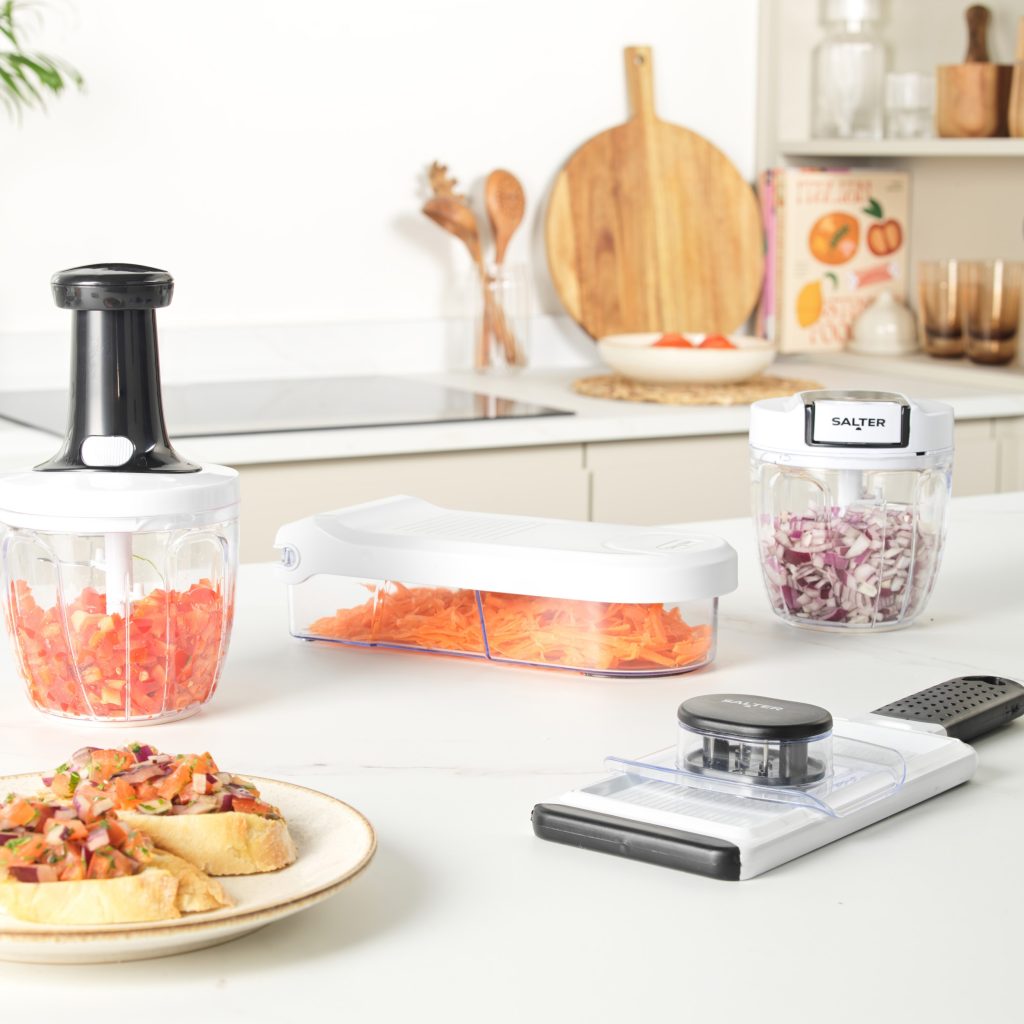
Value for Money Options
Budget-conscious shoppers can find great appliances that don’t break the bank.
- Nutribullet NBP50100: Offers a range of attachments and a reasonable price, making it a hard-working kitchen helper.
- OXO Good Grips Chopper: A basic model that’s sharp, durable, and easy on the wallet, ideal for straightforward chopping tasks.
These options prove that you don’t have to spend a lot to get quality tools for your kitchen. By selecting any of these models based on your specific needs, you can ensure your kitchen is well-equipped without compromising on performance or your budget.
Frequently Asked Questions
When selecting between a food processor and a food chopper, many questions arise. Below are responses to common inquiries.
When to Choose a Food Processor Over a Food Chopper
Choose a food processor when handling large quantities of food. It’s perfect for diverse tasks like slicing, kneading, and pureeing. It greatly reduces preparation time in the kitchen and suits those who regularly cook for families or large gatherings.
Opt for a food chopper for smaller, quicker tasks. It’s ideal for making dips, salsas, or chopping herbs. This tool is best for single-serving meals or small households. Its compact size benefits those with limited kitchen space.
Cleaning and Maintenance Tips
Food Processor: After use, disassemble the attachments. Wash them with warm, soapy water. For stubborn residue, use a soft brush. Always dry parts before reassembling to avoid damage.
Food Chopper: Cleaning a food chopper is straightforward. Rinse the blade under warm water. Wash the bowl and lid with soap. Some models are dishwasher safe, making cleanup even easier. Regular maintenance includes checking the blade for sharpness and ensuring the motor base stays dry.
Conclusion and Final Thoughts
As we wrap up, let’s revisit the main points that differentiate food processors from food choppers.
Summarizing the Comparison Between Food Processors and Choppers
Food processors are larger, more versatile, and designed to handle diverse tasks and larger portions. They come with multiple attachments for slicing, dicing, blending, and even kneading dough, which suits big meal prep or family cooking.
In contrast, food choppers are for smaller, quicker tasks like making dips or chopping nuts. With their compact size, they’re perfect for small kitchens and easy to stash away. Ideal for fast jobs, they’re simpler in function and more affordable.
To decide which is right for you, consider the size of meals you prepare and your kitchen space. If you often cook in large batches or enjoy a variety of recipes, a food processor is your go-to. For quick, small tasks and space-saving convenience, choose a food chopper.
Remember, the best appliance is the one that fits your cooking style and meets your needs. Whether it’s a food processor or a food chopper, the right choice will make your time in the kitchen more efficient and enjoyable.
